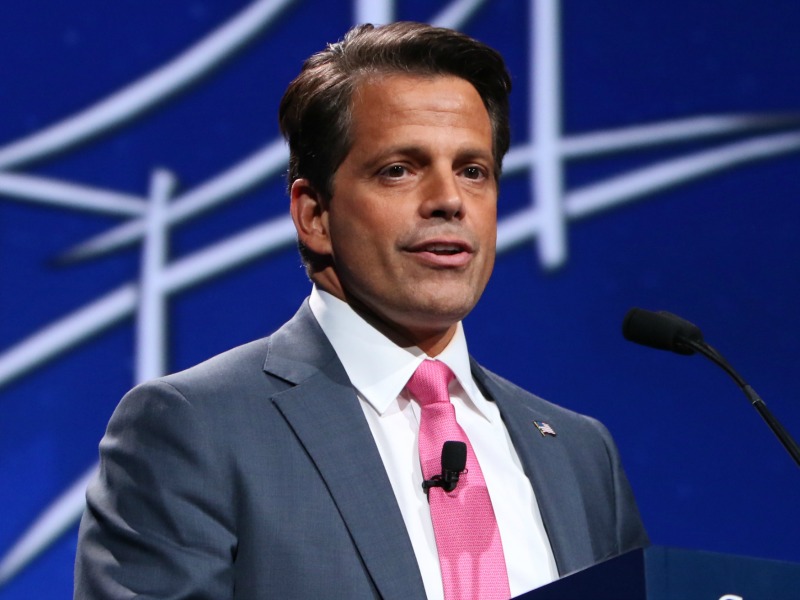Alex Malouf 07 Aug 2017 // 4:30AM GMT

Six months in, and we’ve become accustomed to the early morning Twitter rants (my feed is hijacked by them every single day). The communications team, led by Sean Spicer, would do as good a job as possible in the circumstances.
This all changed on 21 July, when Anthony 'The Mooch' Scaramucci was appointed by President Trump to White House communications director. Whilst it’s not unusual in politics to be appointed to a role with little to no experience or qualifications (US ambassadors are often political appointees), the decision by Trump to place a career-long investment banker in the chief communications role and have him reporting directly to the president rather than to the White House chief of staff was unprecedented.
After only a week into the appointment, it became clear why Sean Spicer, according to the New York Times, "vehemently disagreed" with the appointment of Scaramucci to the extent that he resigned the same day as the appointment was made.
Five days into his role (which lasted a total of ten days following his sacking last week), Scaramucci told a reporter on the record that he’d fire everyone on the White House communications staff for leaking information. He accused the White House chief of staff of leaking his financial disclosure information (which is publicly available), accused him of being a paranoid schizophrenic, and said some rather rude things about the White House chief strategist. It’s made for compelling reading, but I’m not sure how this approach to communications (which should be dubbed “The Mooch Strategy”) helped the White House communicate with the public, or improve reputations.
Scaramucci may have been the highest profile communications leader with no communications experience; his story isn’t unique, however. Following a string of PR debacles, United Airlines promoted the general counsel to head up communications. I’ve often questioned what organizations value when hiring for communications roles; for some, it can seem that nationality, gender and ethnicity matter more than experience, integrity and values. When the wrong person is brought in, it not only damages that organization. But it brings our industry into disrepute. The value of what we do is misunderstood, and we end up becoming a peripheral part of the organization, rather than a core function.
What we’ve missed is what other professions have long practised. It’s rare to find a CFO who isn’t a chartered accountant. Likewise, would any organization hire a person as their legal counsel without that individual having passed the Bar examination? And yet, organizations and leaders entrust their reputations to people who don’t have a certification to prove their abilities and skills. At most, there’s interviews. And is that enough? I’d argue not.
There are certifications from the CIPR and IABC (the Chartered Status and the CMP/SCMP programs respectively). These certifications are designed to test communicators on abilities that are key to them doing their job professionally, such as ethics, strategy and analysis. Both associations are promoting these certifications, but it’s still early days. Coming across a certified communicator is the exception rather than the norm, unfortunately.
As an employer, I would want to be sure that the person I am bringing on board is qualified, not in their own words, but by a body that represents the industry. The appointment of Scaramucci is the latest misstep for our profession. If we are serious about moving the industry forward and having a seat at the table, we must be honest with ourselves and admit that a certification system for the communications industry is needed more than ever. We need the right people and the right talent in senior and mid-level communications roles, and certification is the best way to make this happen.


































.jpg)


















